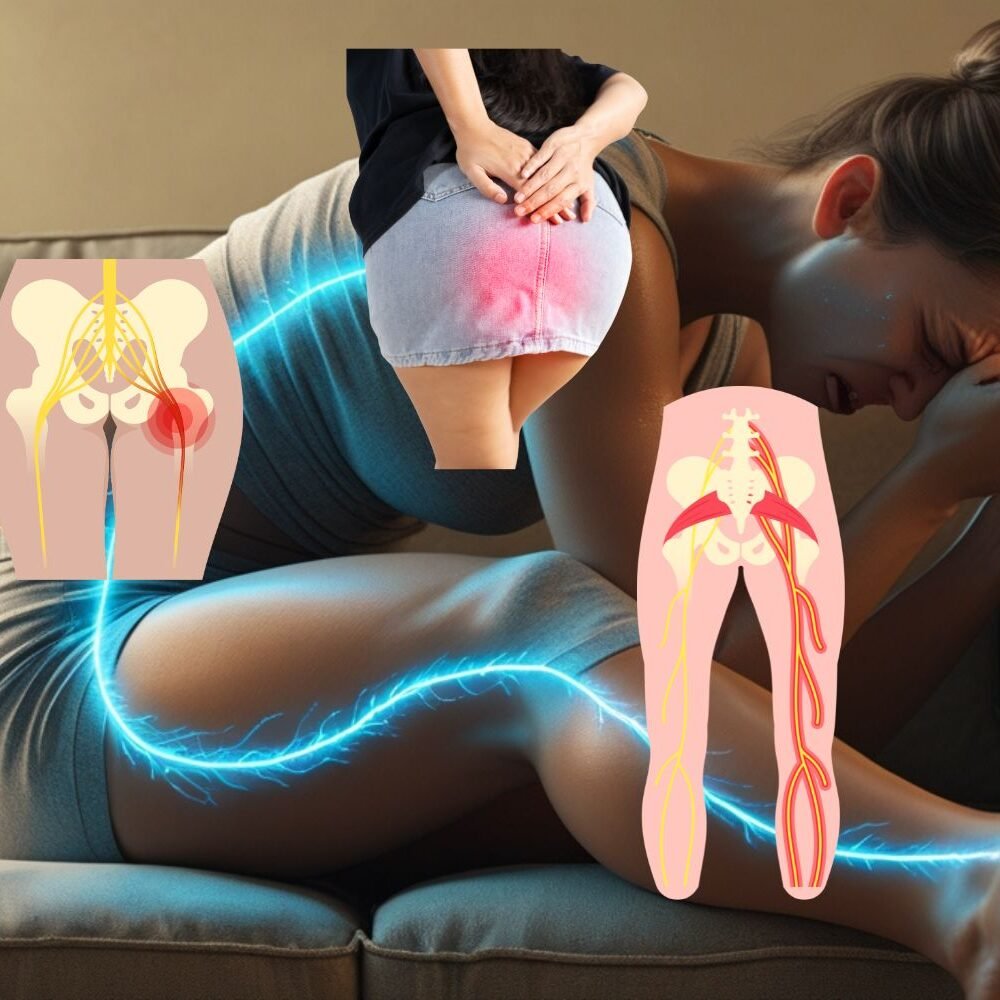
Last Updated on August 28, 2025 by Beth Skwarecki
Sciatica is more than just a minor inconvenience. It can range from a nagging discomfort to a sharp, radiating pain that limits your mobility and disrupts your daily life. But relief may be closer than you think. This guide will show you how to naturally alleviate sciatic nerve pain in just 10 minutes with simple, targeted techniques and lifestyle changes.
Understanding Sciatica and Its Symptoms
Sciatica refers to pain caused by the irritation or compression of the sciatic nerve, which runs from your lower back, through the hips, and down each leg. It’s not a condition itself but rather a symptom of underlying issues such as a herniated disc, spinal stenosis, or even muscle tension from piriformis syndrome.
Symptoms of sciatica include:
- Pain radiating from the lower back through the buttocks and down the leg.
- A tingling or “pins and needles” sensation in the lower body.
- Weakness or numbness in the legs or feet.
- Shooting, sharp pain in one side of the body.
The key to managing sciatica lies in relieving the pressure on the sciatic nerve. Below, we’ll walk you through easy, natural techniques that target the root of the problem.
Immediate Relief Techniques
When sciatica flares up, minor adjustments can make a significant difference. Here are three quick go-to solutions:
Rest
If you’ve been moving around a lot, find a comfortable position to rest. However, avoid prolonged bed rest, as it may weaken your muscles and delay recovery. Instead, lie down with your knees elevated on a chair or cushion to reduce pressure on the sciatic nerve.
Ice and Heat Therapy
For new or acute pain, apply an ice pack wrapped in a cloth to the affected area for 15–20 minutes to reduce inflammation. After 72 hours, switch to heat therapy with a warm compress or heating pad to relax tight muscles and improve blood flow.
Pain-Relief Postures
Certain positions, such as bending your knees slightly while sitting or standing with a slight arch in your back, can temporarily reduce pain.
The 10-Minute Natural Method for Sciatica Relief
Performing targeted stretches and exercises regularly can help alleviate sciatic pain quickly. Here’s a step-by-step guide featuring nine powerful stretches and techniques:
#1. Reclining Pigeon Pose
This yoga-inspired stretch opens your hips and eases tension around the sciatic nerve.
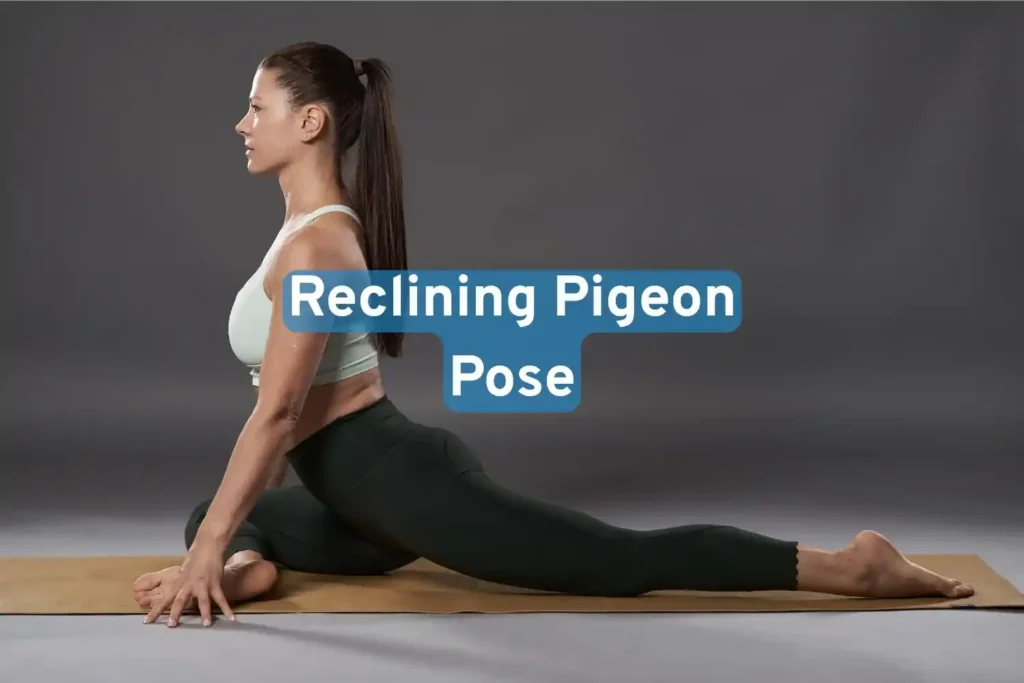
- Lie on your back, bend your left knee, and place your right ankle over it.
- Grab the back of your left thigh and gently pull it toward your chest.
- Hold for 30 seconds, then switch sides.
#2. Sitting Spinal Stretch
Improve spinal mobility and release lower back tension with this twist.

- Sit with your legs extended.
- Bend your right knee and place your right foot outside your left thigh.
- Twist your torso to the right, placing your left elbow on the outside of your right knee.
- Hold for 30 seconds, then repeat on the other side.
#3. Knee-to-Chest Stretch
This gentle movement elongates your lower back and relieves nerve pressure.

- Lie on your back and pull one knee to your chest while keeping the other leg bent or extended.
- Hold for 30 seconds, then alternate sides.
#4. Piriformis Stretch
Target your piriformis muscle to reduce sciatic compression.

- Sit on a chair, place your right ankle over your left knee, and lean forward while keeping your back straight.
- Hold for 30 seconds and switch legs.
#5. Sciatic Nerve Flossing
This dynamic exercise helps “stretch” and mobilize the sciatic nerve.

- Sit on the edge of a chair, extend one leg, and gently point and flex your foot while nodding your head up and down.
- Repeat 10–15 times.
#6. Cat-Cow Stretch
A dynamic yoga pose that improves spinal flexibility and reduces stiffness.
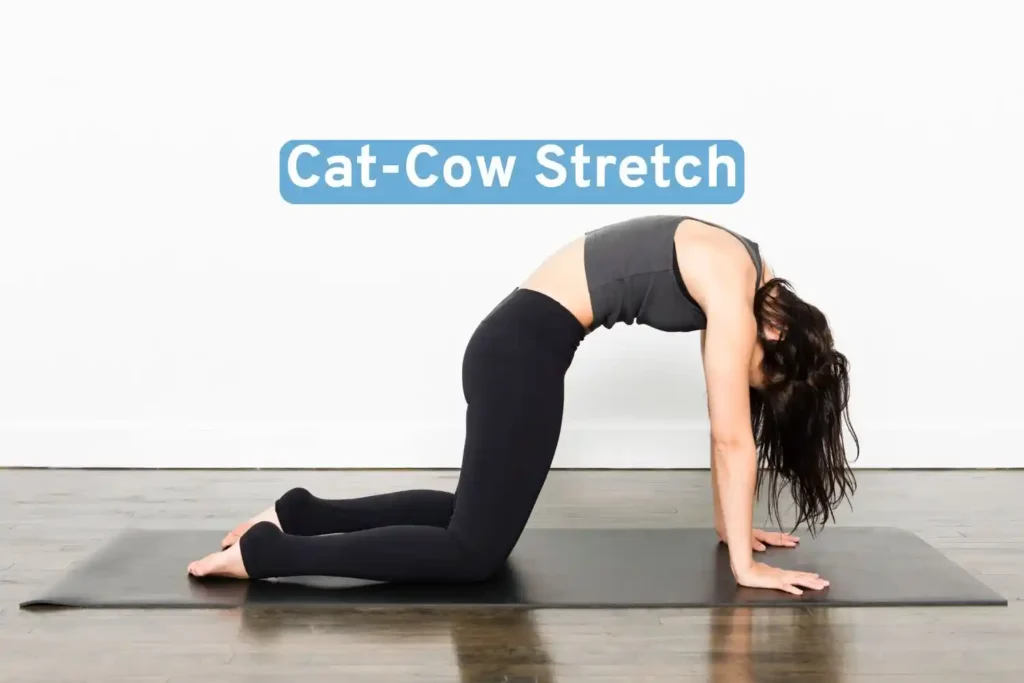
- Start on all fours.
- Arch your back while inhaling (cow pose), then round your back while exhaling (cat pose).
- Continue this flow for 1–2 minutes.
#7. Hamstring Stretch
Stretching tight hamstrings can reduce sciatic nerve strain.
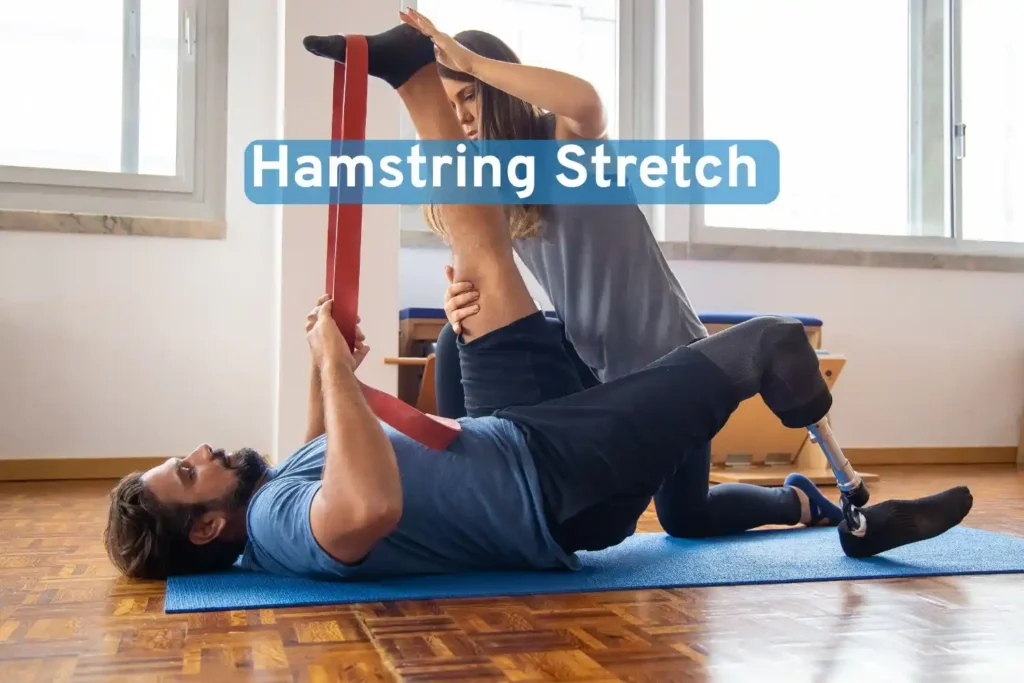
- Lie on your back, supporting one leg with a yoga strap or towel while keeping it straight.
- Gently pull your leg toward you for 20–30 seconds.
#8. Pelvic Tilts
Engage your core and realign your pelvis with this exercise.

- Lie on your back with your knees bent and feet flat.
- Tighten your abs and press your lower back into the floor.
- Hold for 10 seconds and repeat 10 times.
#9. ClamShell Exercise
Strengthen the glutes to reduce pelvic misalignment.
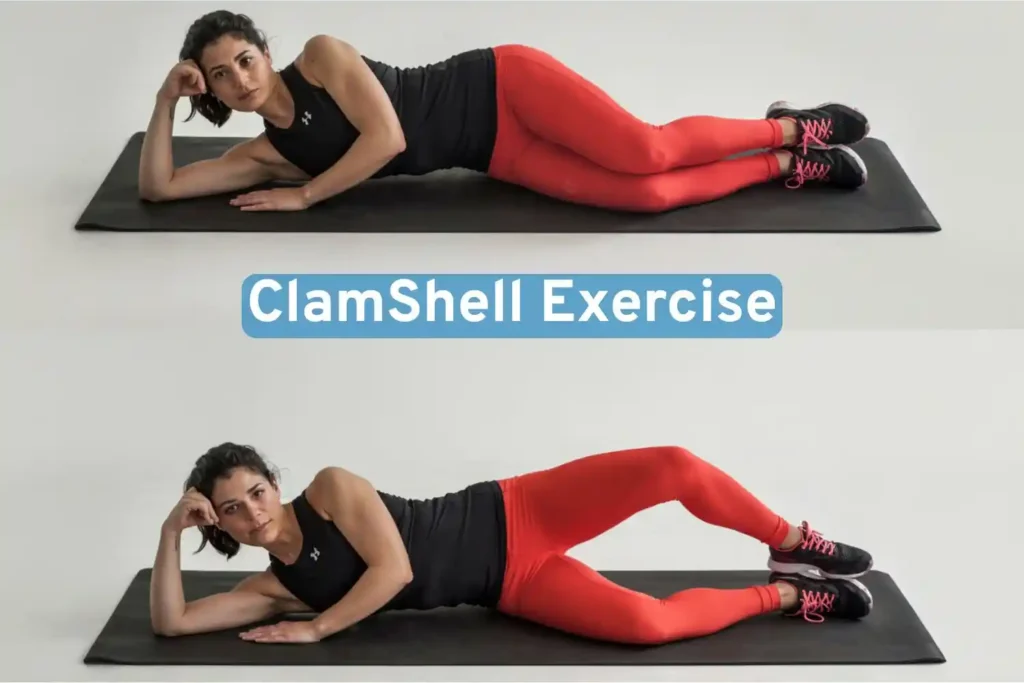
- Lie on your side with your legs bent and a resistance band around your thighs.
- Slowly lift your top knee while keeping your feet together, then lower back down.
- Repeat 20–30 times on each side.
Hydration and Nutrition for Long-Term Relief
Staying hydrated is essential for spinal health. Aim to drink half your body weight in ounces of water daily. Additionally, focus on anti-inflammatory foods and nutrients like:
- Omega-3 fatty acids from fish or flaxseeds.
- Vitamin D, obtained from sunlight or supplements.
- Magnesium, found in leafy greens, nuts, and seeds, to support nerve and muscle function.
Low-Impact Exercises to Stay Active
While resting is crucial, regular movement like walking, swimming, or practicing yoga can keep your spine healthy. Low-impact activities improve circulation and prevent muscle stiffness without aggravating symptoms.
Beyond DIY Solutions: Exploring Alternative Therapies
If pain persists, consider complementing your routine with alternative treatments:
- Acupuncture stimulates nerve fibers to reduce pain and inflammation.
- Massage therapy relaxes tense muscles and improves blood flow.
- Stress management techniques like mindfulness or meditation help release muscle tension caused by stress.
When to Seek Professional Care
If your sciatic pain does not improve after trying natural remedies or worsens over time, consult a doctor. Symptoms such as severe pain, incontinence, or numbness in the groin area require immediate attention. Treatments like physical therapy, epidural steroid injections, or, in rare cases, surgery may be necessary.
FAQs
Take the First Step Toward a Pain-Free Life
Consistency is key to managing sciatica effectively. Incorporate these natural methods into your daily routine, and you’ll notice improvements in no time. Remember, relief is possible without relying on invasive measures or long-term medication.
For a more personalized approach or professional help, schedule a consultation with your local pain management specialist today.
Read Also: Kill Tooth Pain Nerve in 3 Seconds Permanently

Carla specializes in writing about post-surgery recovery, pain management, and practical health tips. With a compassionate approach, Carla shares actionable strategies to ease discomfort, promote healing, and empower readers with knowledge to make recovery smoother and less stressful.